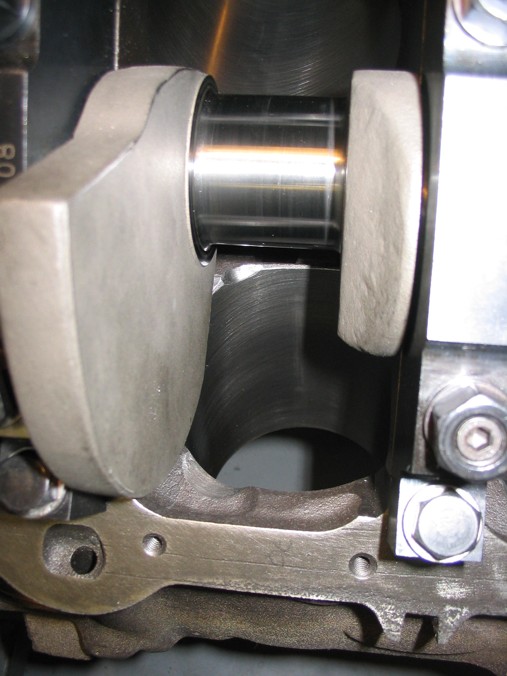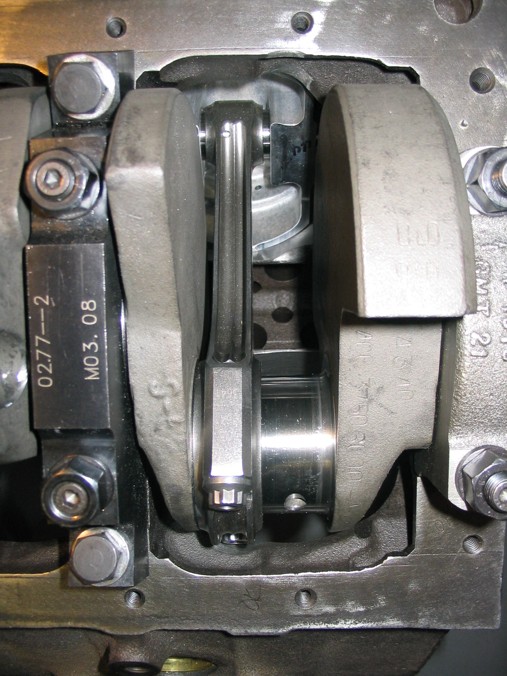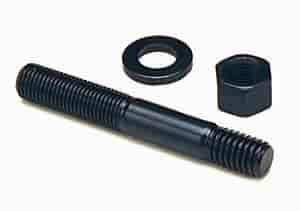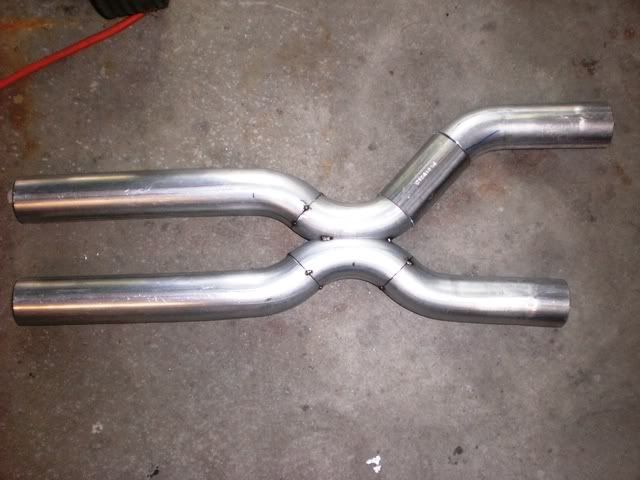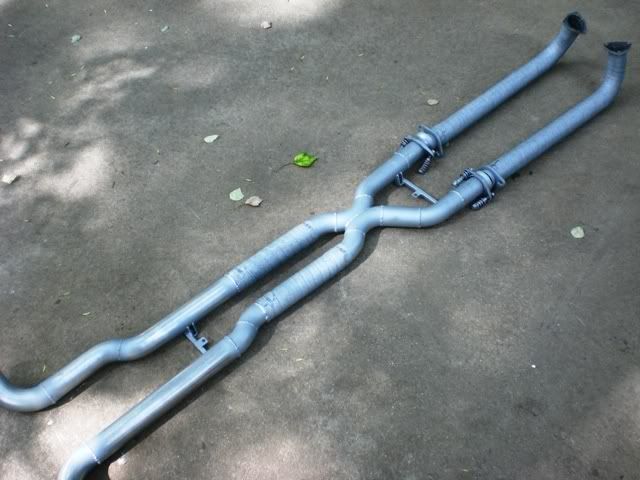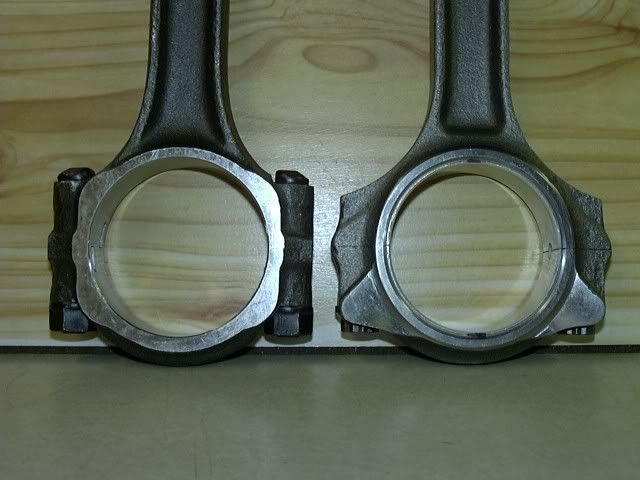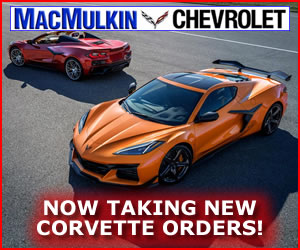grumpyvette
Well-known member
http://gallery.barrymorrison.com/albums/userpics/10001/SHP_Brochure-1v2a.pdf
http://www.dartshp.com/shpassemblies.html
http://www.jegs.com/p/Dart/1029740/10002/-1/10719
AT $1456 there not CHEAP but they a certainly a BARGIN compared to putting $1000 in machine work into a 35 plus year old chevy block thats noware near as stong and very likely to be rusted internally and one that might have cracks
and at $1000 less than thier full race block its a deal for a street/strip engine combo
http://www.jegs.com/p/Dart/1064093/10002/-1/10719
whats the differance?
its got a bit less machine work, its not quite as thick and its got less nickle in the casting, and theres less options
http://www.dartshp.com/shpassemblies.html
http://www.jegs.com/p/Dart/1029740/10002/-1/10719
AT $1456 there not CHEAP but they a certainly a BARGIN compared to putting $1000 in machine work into a 35 plus year old chevy block thats noware near as stong and very likely to be rusted internally and one that might have cracks
and at $1000 less than thier full race block its a deal for a street/strip engine combo
http://www.jegs.com/p/Dart/1064093/10002/-1/10719
whats the differance?
its got a bit less machine work, its not quite as thick and its got less nickle in the casting, and theres less options





